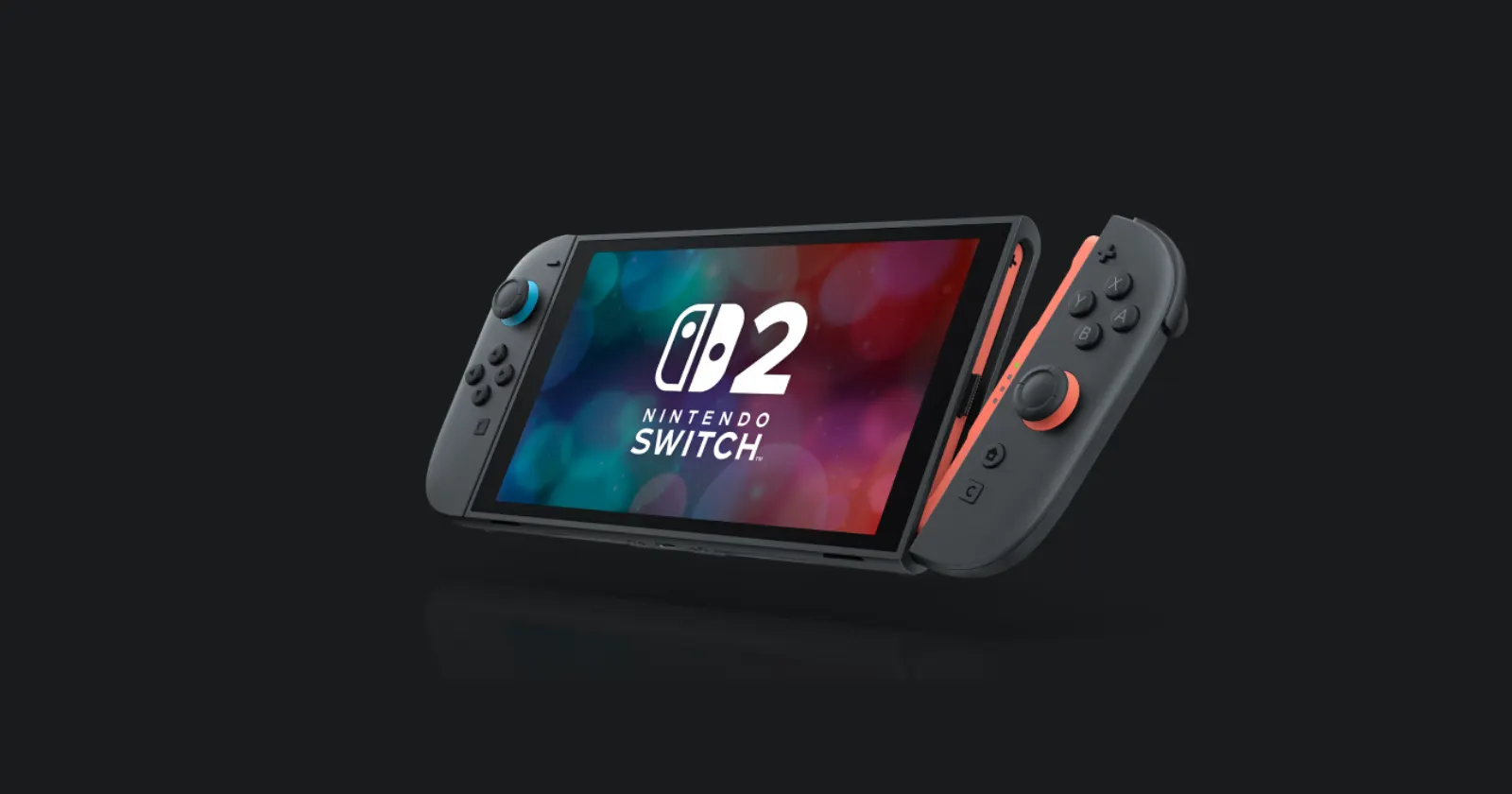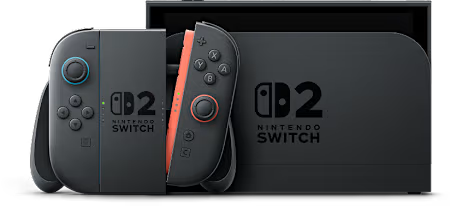I tested the Switch 2 screen with a 1000fps slow motion camera
byu/Lokendens inNintendoSwitch
Nintendo’s new Switch 2 console has been put under the microscope, and some early findings suggest its display might not be the leap many were hoping for. Initial hands-on tests indicate that the new console’s screen is actually slower than the original Switch’s LCD panel, a surprising revelation for a device launching in 2025.
The buzz online started with discussions about the Switch 2’s display quality. Tech reviewers, including those at Digital Foundry, voiced concerns about poor motion performance and a lack of true HDR support, despite the console being advertised with HDR capabilities. This prompted a detailed investigation by the YouTube channel Monitors Unboxed, a team usually focused on PC gaming monitors, but well-equipped to dive into display analytics.
Monitors Unboxed ran the Switch 2’s 7.9-inch 1080p LCD through a series of response time tests. While the new screen boasts a 120 Hz refresh rate and supports variable refresh rates (VRR) and HDR10, the actual performance tells a different story. Most games currently seem to run at 60 Hz or lower, and comprehensive 120 Hz motion testing was hard to do because of this.
The results for response times were, frankly, “atrocious.” The Switch 2 averaged a 33-millisecond response time across 20 grey-to-grey transitions, with some individual transitions even going over 40 milliseconds. To put that in perspective, some of the slowest LCD monitors tested by Monitors Unboxed typically fall in the 15 to 20 millisecond range. This makes the Switch 2 display the slowest screen they have tested out of 165 displays.
Even more striking, the original Switch 1, with its 6.2-inch 720p IPS LCD, managed an average response time of 21 milliseconds. This means the Switch 2’s display is roughly 50% slower in terms of motion performance compared to its predecessor, a pretty big step backward despite the higher refresh rate. Both consoles were tested at 60 Hz due to testing limitations.
Visual evidence from blurbusters’ UFO test further highlights the issue. The Switch 2’s LCD showed significant blur with extreme ghost trails following moving objects, making the image appear smeared. While the original Switch 1 also suffered from blur, a close inspection reveals the Switch 2 is noticeably worse, with longer blur trails.
So, what’s causing this slowdown? According to Monitors Unboxed, it appears Nintendo hasn’t implemented any form of overdrive on the panel. Overdrive uses higher voltage to make LCD pixels transition faster, which is common in PC gaming monitors. Its absence, while leading to slower response times, likely helps conserve power, a crucial factor for a handheld device with a small battery. The Switch 2 also uses a “cold” white point of around 7900K, similar to the original Switch, which gives it a cooler tone compared to the standard 6500K.
Another interesting finding is that the Switch 2’s screen is brighter, hitting around 430 nits compared to the original’s 320 nits. It also boasts a wider color gamut, with 98% coverage of DCI-P3, a significant jump from the Switch 1’s 79% Rec. 709 coverage. This makes colors more vibrant, though it can lead to oversaturation in older Switch 1 games that were designed for the narrower Rec. 709 gamut.
The “HDR support” on the Switch 2 is also a point of contention. While it can technically accept and display an HDR signal, Monitors Unboxed argues it lacks the necessary hardware for a proper HDR experience. With a native contrast ratio of about 1,068:1 and no local dimming, it falls far short of the 50,000:1 contrast ratio needed for true HDR. Its peak brightness of 430 nits is also insufficient for meaningful HDR. Essentially, the HDR mode on the Switch 2’s screen appears more like an SDR screen with increased brightness, not a true high dynamic range display.
Gamers are also weighing in on platforms like Reddit. I found one thread where a user conducted their own test using a slow-mo -camera capable of recording at 1000fps. You can watch their test below:
After running the test, they stated, “Looks like the Switch 2 screen is slower, but in my opinion it’s not that bad compared to the original as some people try to make it.”
However, others are less forgiving, with some comments on r/hardware discussing the video jokingly saying,
Why bother with software motion blur when you can have it hardware based? 🥲
Another Reddit user, Not_Yet_Italian_1990, stated,
Hopefully they give at least the option for some sort of screen overdrive mode in a firmware patch, obviously with the warning that it’ll decrease battery life. The biggest issue with this hardware, honestly, is the battery. I guess it’s great that Nintendo kept everything to sub-10w, but they wouldn’t have needed to be so aggressive with these power targets if they hadn’t chosen such a tiny battery.
Ultimately, while the Switch 2 display offers improvements in size, resolution, brightness, and color gamut over the original LCD model, its significantly slower response times stand out as a notable downgrade. For players sensitive to motion blur in fast-paced games, this could be a real disappointment. Nintendo may have prioritized battery life and cost with these display choices, but it leaves some hoping for an OLED revision down the line, similar to what we saw with the original Switch.
TechIssuesToday primarily focuses on publishing 'breaking' or 'exclusive' tech news. This means, we are usually the first news website on the whole Internet to highlight the topics we cover daily. So far, our stories have been picked up by many mainstream technology publications like The Verge, Macrumors, Forbes, etc. To know more, head here.



